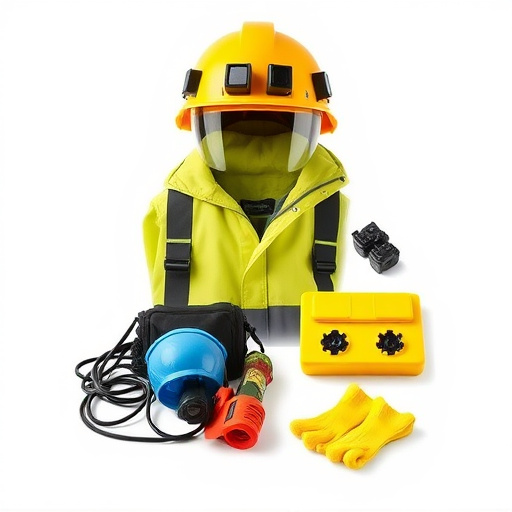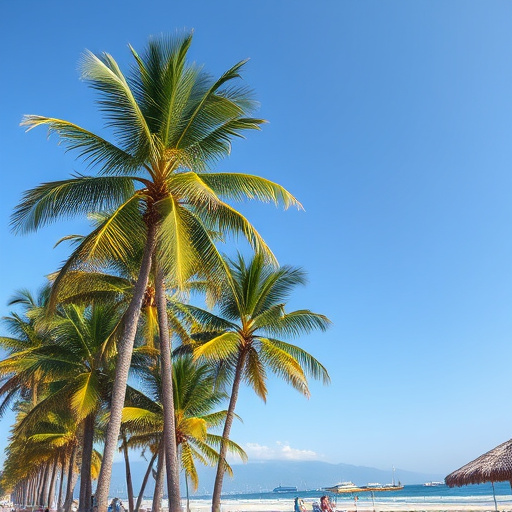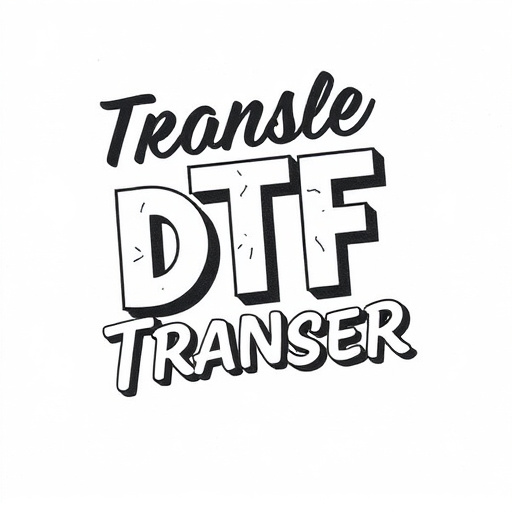Direct-to-Film (DTF) transfer technology offers unparalleled precision, efficiency, and versatility, transforming industries with complex patterns and high-quality results. DTF prints are renowned for their durability, suitable for outdoor signage, garment decoration, and artistic murals. Longevity is attributed to robust materials, advanced printing techniques, and protective layers. While sensitive to environmental factors like humidity, temperature, and UV exposure, proper storage and protection can extend print lifespans. Consistent care and maintenance further safeguard DTF materials' quality. DTF technology has proven highly effective in outdoor advertising and event marketing, with future advancements promising enhanced longevity and durability for diverse applications.
Direct-to-film (DTF) transfer printing has emerged as a powerful method for applying designs directly to various surfaces, offering both durability and aesthetic appeal. This article delves into the longevity and resilience of DTF applied designs, exploring key factors that contribute to their long-term viability. From understanding the DTF process and materials used to environmental considerations and maintenance tips, we provide insights on maximizing print lifespan. Additionally, real-world examples and future innovations in DTF printing are highlighted, underscoring its potential as a sustainable and robust design solution.
- Understanding Direct-to-Film (DTF) Transfer: A Brief Overview
- The Longevity of DTF Prints: Materials and Durability
- Environmental Factors Affecting DTF Print Longevity
- Maintenance and Care for Maximizing DTF Print Lifespan
- Real-World Examples of Resilient DTF Applied Designs
- Future Prospects: Innovations in DTF Printing for Longevity
Understanding Direct-to-Film (DTF) Transfer: A Brief Overview

Direct-to-Film (DTF) transfer is a cutting-edge printing technique revolutionizing various industries. This method involves transferring designs directly onto film or other materials, offering unparalleled precision and efficiency in creating prints. DTF Printing allows for complex patterns and high-quality results, making it a preferred choice for many applications. By bypassing traditional intermediate steps, DTF enables faster production times and cost savings without compromising on the final product’s quality.
The process starts with a digital design that is precisely transferred onto a film substrate. This film is then used as a mask, blocking or exposing specific areas of a printing surface to create the desired pattern. DTF prints are known for their durability and longevity, making them suitable for outdoor signage, garment decoration, and even artistic murals. The technique’s versatility allows for creative freedom, ensuring that designs can be brought to life with vibrant colors and intricate details, catering to both functional and aesthetic needs.
The Longevity of DTF Prints: Materials and Durability
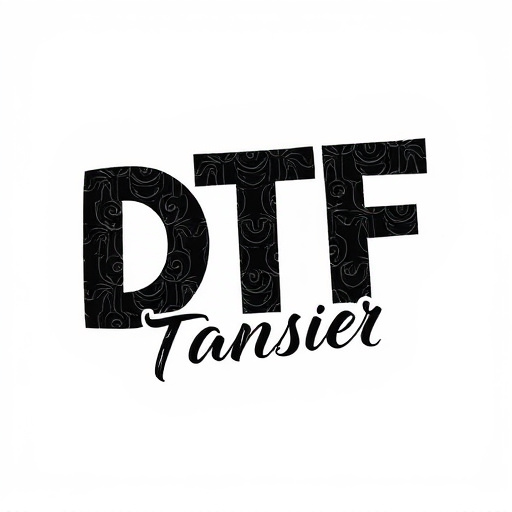
The longevity of direct-to-film (DTF) prints is a testament to the robust materials and advanced printing techniques employed in their creation. DTF transfer technology utilizes high-quality, durable inks that are precisely applied to various substrates, ensuring long-lasting vibrancy and resistance to fading. The result is a print that maintains its crispness and color accuracy for extended periods, even under demanding conditions.
Furthermore, the durability of DTF prints is enhanced by the protective layers applied during the printing process. These protective coatings safeguard against environmental factors such as UV rays, moisture, and abrasion, prolonging the life of the design. Whether adorning outdoor signage, fashion garments, or home decor, DTF prints have proven their resilience, making them a preferred choice for applications demanding both aesthetic appeal and sustained performance.
Environmental Factors Affecting DTF Print Longevity
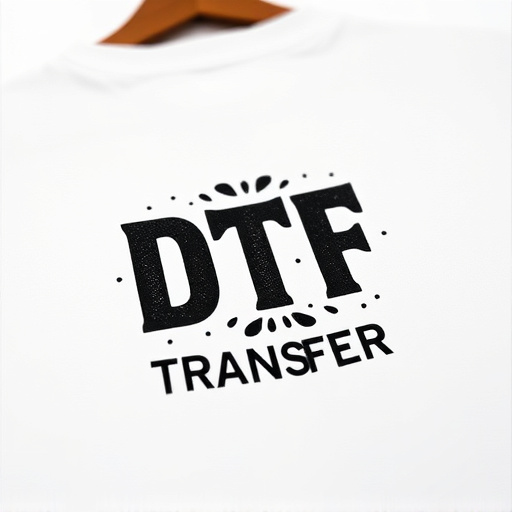
Direct-to-film (DTF) printing, while innovative and efficient, is susceptible to environmental factors that can impact its longevity. Factors such as humidity, temperature, and UV exposure play a significant role in determining how long DTF prints last. High humidity levels can cause the ink to smear or fade faster, while extreme temperatures, both hot and cold, can cause the film to crack or the print to become brittle. UV radiation from sunlight is another major culprit, as it breaks down the inks used in DTF transfers, leading to color fading and loss of detail over time.
Understanding these environmental influences is crucial for optimizing the lifespan of DTF prints. Implementing measures to control humidity and temperature in storage and display environments can significantly enhance their durability. Additionally, storing DTF prints away from direct sunlight or using UV protective coatings can slow down the deterioration process, ensuring that vibrant, high-quality images remain intact for longer periods.
Maintenance and Care for Maximizing DTF Print Lifespan

The longevity and resilience of direct-to-film (DTF) applied designs are significantly influenced by proper maintenance and care practices. To maximize the lifespan of DTF transfers and prints, regular cleaning and inspection are crucial. Remove any debris or dirt that may accumulate on the film surface, as these particles can hinder the printing process and lead to degradation over time. Using clean, soft cloths or brushes designed for DTF printing ensures minimal damage to the delicate film layers.
Additionally, storing DTF prints in a cool, dry place away from direct sunlight is essential. Exposure to high temperatures and moisture can cause the films to become brittle and lose their adhesiveness. Proper storage also prevents the transfer of oils and fingerprints, maintaining the crispness and vibrancy of colors in the prints. Regular maintenance not only extends the life of DTF materials but also ensures consistent quality in every print, making it a vital step for any long-term direct-to-film application project.
Real-World Examples of Resilient DTF Applied Designs

Direct-to-film (DTF) applied designs have proven their longevity and resilience across various real-world applications. One notable example is the outdoor advertising industry, where DTF printing has withstood harsh weather conditions for years, maintaining vivid colors and sharp details. These prints are often exposed to direct sunlight, rain, snow, and extreme temperatures, yet they remain intact, showcasing the superior durability of DTF transfer technology.
Another sector that benefits from DTF’s resilience is event marketing. Custom DTF prints are frequently used for trade shows, conferences, and experiential marketing campaigns. These designs need to be durable enough to withstand handling, transportation, and sometimes even outdoor elements during setup. DTF transfers have consistently delivered vibrant visuals and long-lasting quality, ensuring that brands create memorable experiences for their audiences.
Future Prospects: Innovations in DTF Printing for Longevity
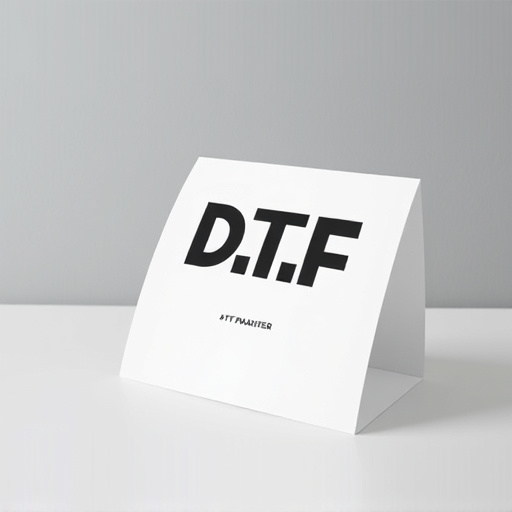
As technology continues to advance, the future of direct-to-film (DTF) printing looks promising, with innovations aimed at enhancing its longevity and durability. Researchers and manufacturers are exploring new materials and techniques to create DTF transfers that can withstand the test of time and various environmental conditions. One area of focus is developing inks that offer superior color fastness and resistance to fading, ensuring the vibrant prints maintain their integrity over extended periods.
Additionally, advancements in printing precision and resolution could lead to more intricate and detailed DTF designs. Higher quality prints mean that fine lines, textures, and special effects can be replicated accurately, enhancing the overall visual appeal and longevity of the applied designs. These innovations promise to open up new possibilities for DTF, making it a versatile and long-lasting solution across various industries, from fashion to interior design.


